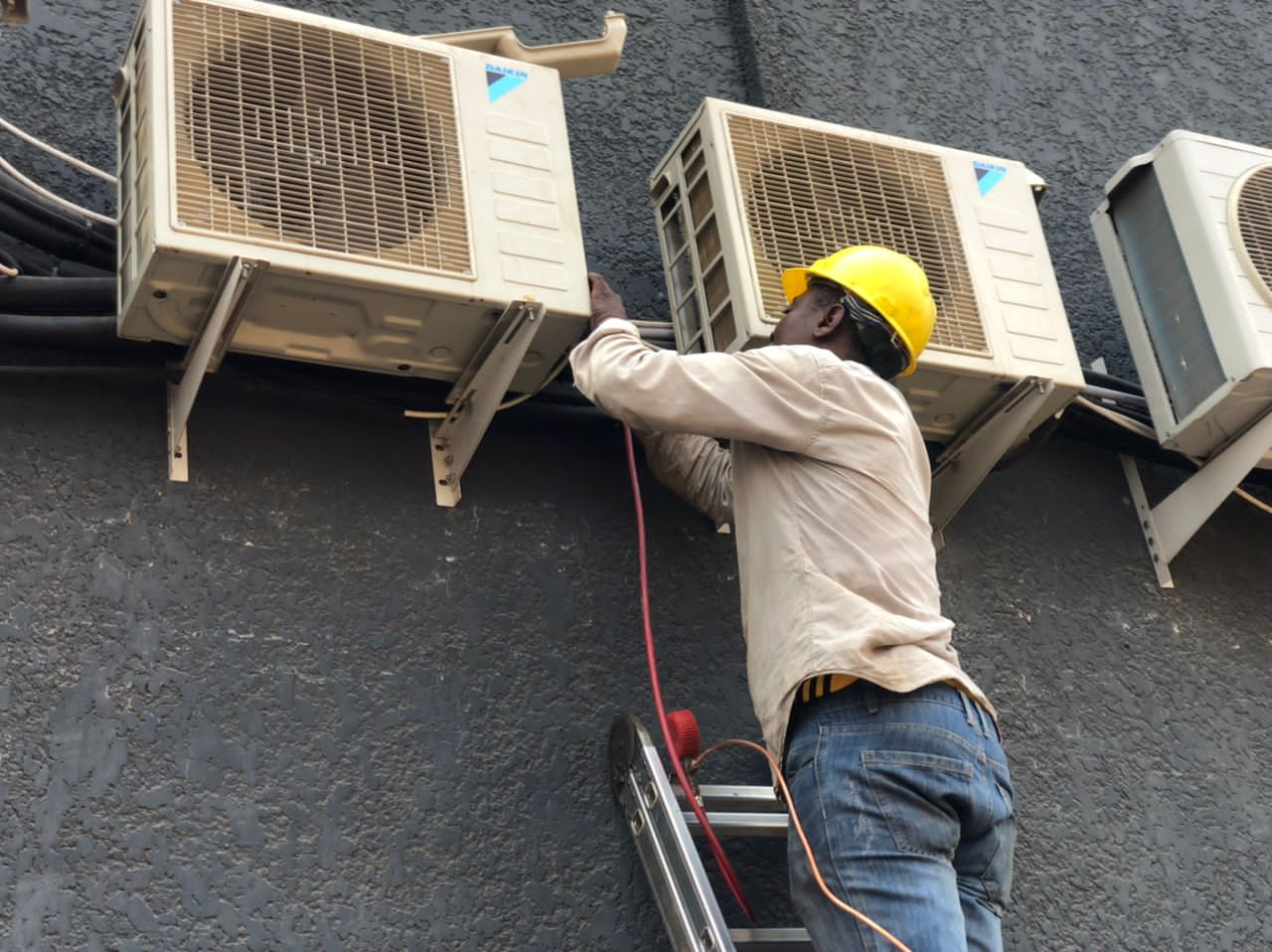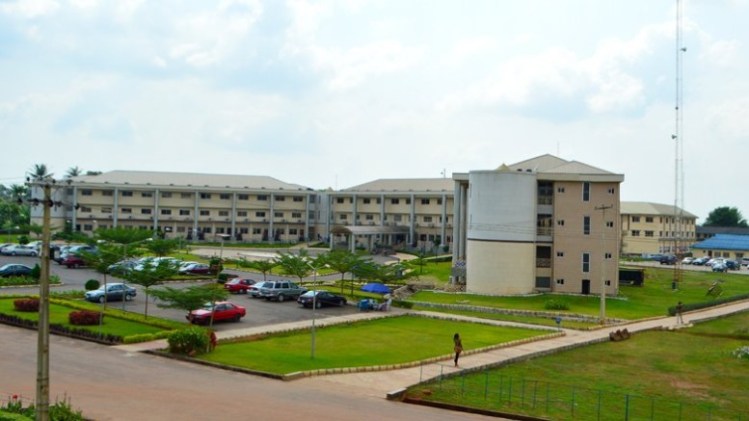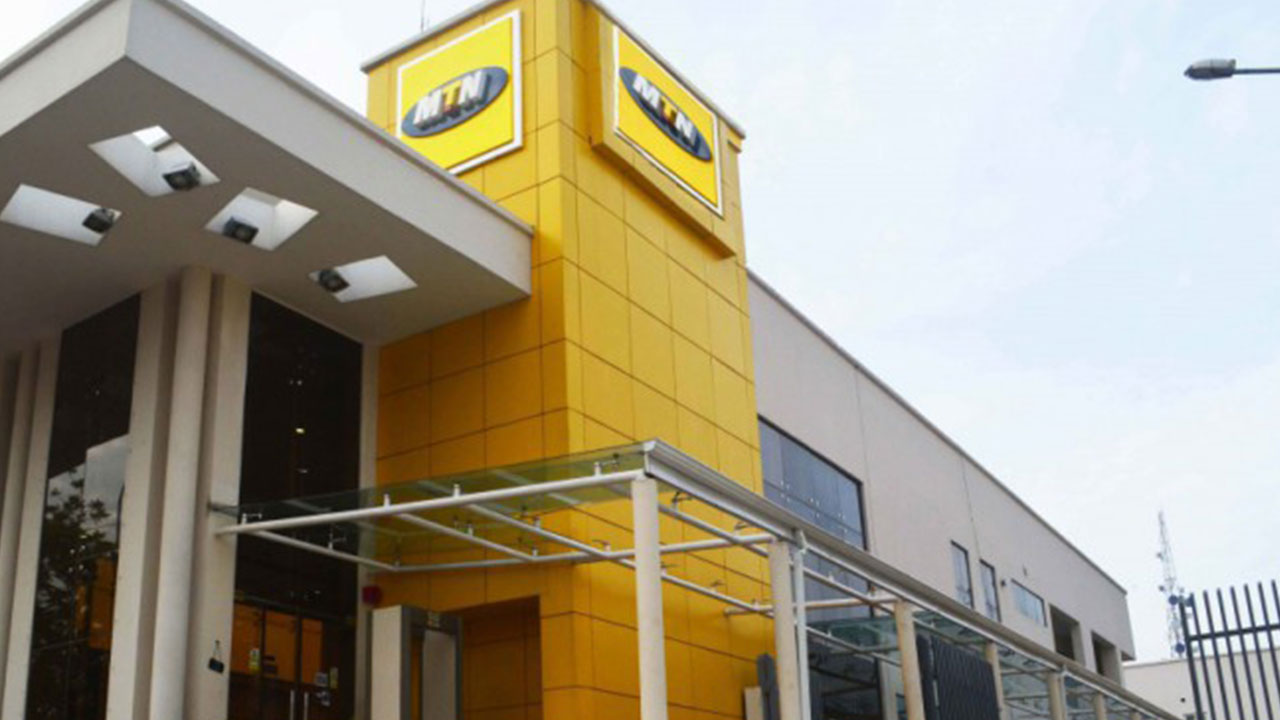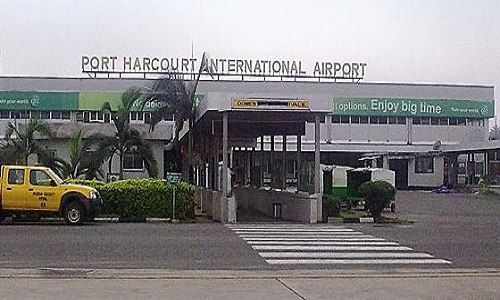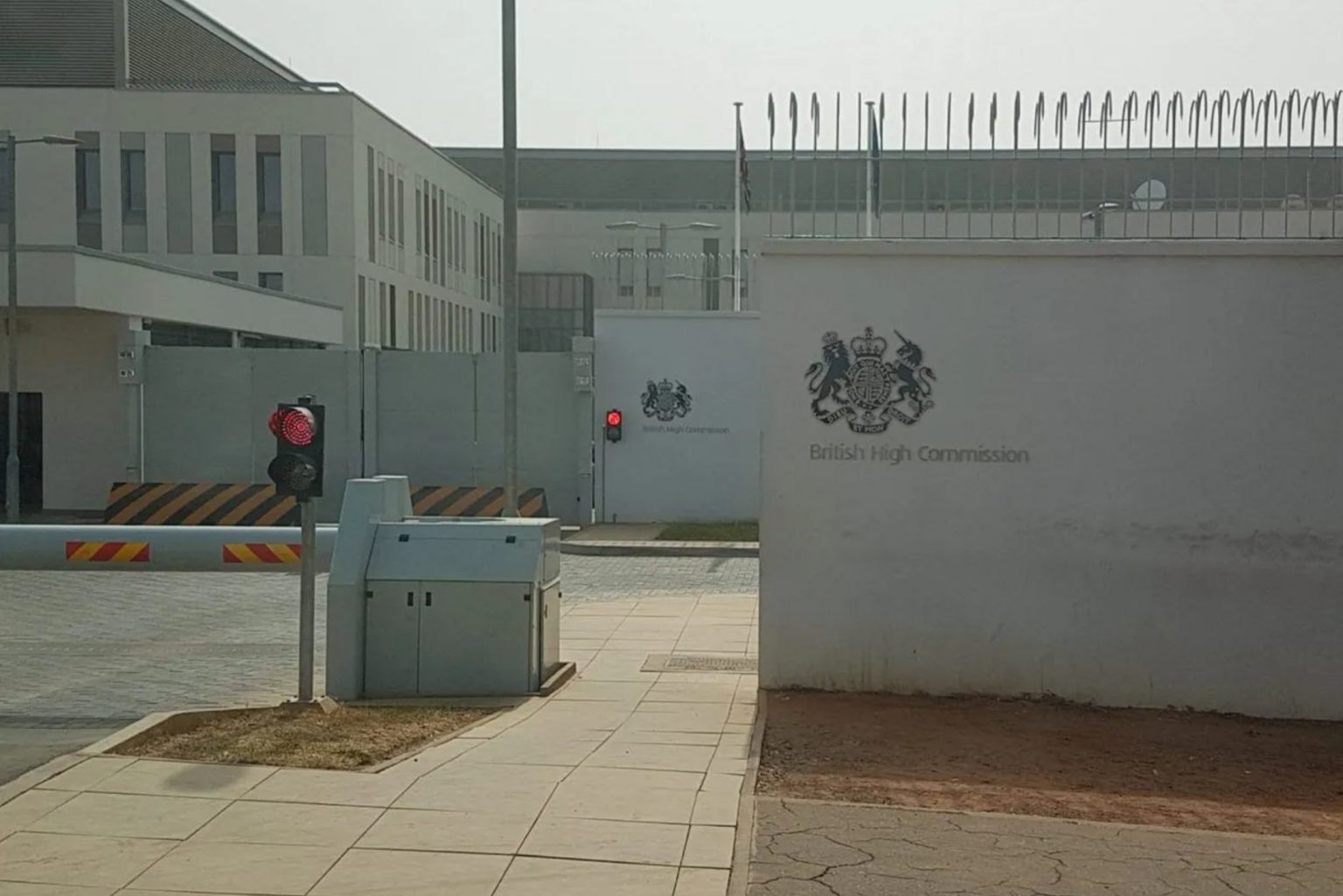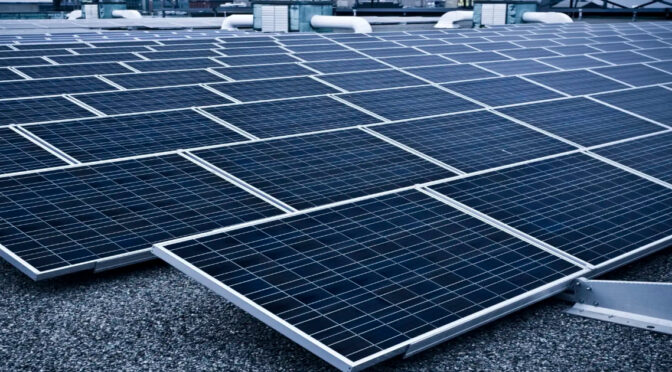
Challenges of Mini Grid
What Mini-grid means
Mini-grids refer to a network of small-scale power generators, independent of the main or national grids, which may also include power storage systems, used to power a small area – which might be residential or industrial.
Although the definition of mini-grids is quite uniform around the world, national standards as to the actual size of mini-grids in terms of regulatory compliance needs might vary. The reason for this could range from the country’s level of industrialization to parliamentary laws amongst others. For instance, a general definition of mini-grid puts the range of power being generated between (10kW to 10MW), while the Nigerian Electricity Regulatory Commission (NERC) places a cap of 1MW on any such grid to be called.
Why are Mini-grids Important?
Globally, mini-grids are being recognized as an important source of power generation to solve the problem of increasing energy demands across the world. One of the main reasons for their importance is their sustainability. This is because mini-grids are usually based on solar, wind or hydroelectric sources. This particularly comes in handy in a period where climate change is creating increasing concerns on both local and international fronts. Hence, to bridge the gap between increasing energy demands and the need for environmental sustainability, it becomes more apparent that the adoption of mini-grids as a solution would be one of the most viable options to explore.
What are the Challenges of Mini-Grids?
While Mini-grids are very much important as far as creating a solution to energy demand is concerned, it also has their own peculiar challenges, and as a consistent player in the solar space, the process of offering our services has exposed us to these challenges at various points in time.
The first challenge of mini-grids is funding in terms of capital. While mini-grids are indeed cheaper alternatives to main or national grids, they still come with considerable capital costs. This can be seen as a challenge from two ends. From the business itself that aims to build a mini-grid, or from prospective clients who might need to hire the business to build a mini-grid but cannot do so because of the costs.
Also, the poverty rate on the African continent poses another challenge to the building of mini-grids on the continent, this is particularly in terms of the commercial viability of mini-grids. As far as businesses are concerned, mini-grids are usually a one-off cost, but for mini-grids built to cater to specific localities, there is a need for periodic payments. The poverty rate in Nigeria means that there is a high risk of payment defaults, posing another challenge to the economic viability of Mini-grids. Additionally, an offshoot of this problem is finding places where there will be cost-effective demand for power. This is because, even in the areas where it might appear that there is a need for power supply, the failure of the consumers to pay as is due for the services poses a severe risk of resulting in a loss. The high risk of this occurring means that businesses like ours are prone to falling unknowingly into the error of overestimating demand for power in certain communities.
Another major challenge is the challenge of inflation and the weakening of the Naira. This means that raw materials which are imported, increasingly become expensive, generally increasing the cost of production for solar panels, and by extension the cost of building mini-grids.
However, these challenges do not mean that mini-grids are not an efficient means of solving global and more specifically, Africa’s energy demands. In fact, they only mean that we have to seek solutions to enable us to harness mini-grids better.
Some of these solutions include; seeking investor funding, engineering synergy with other industry stakeholders, and adopting flexible payment plans for clients and consumers.

